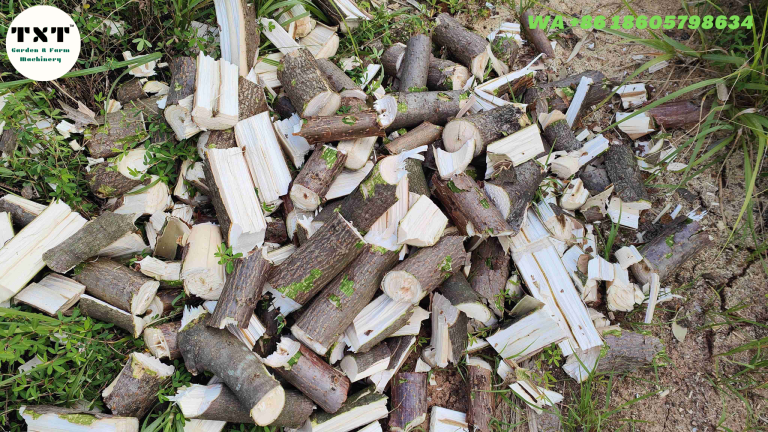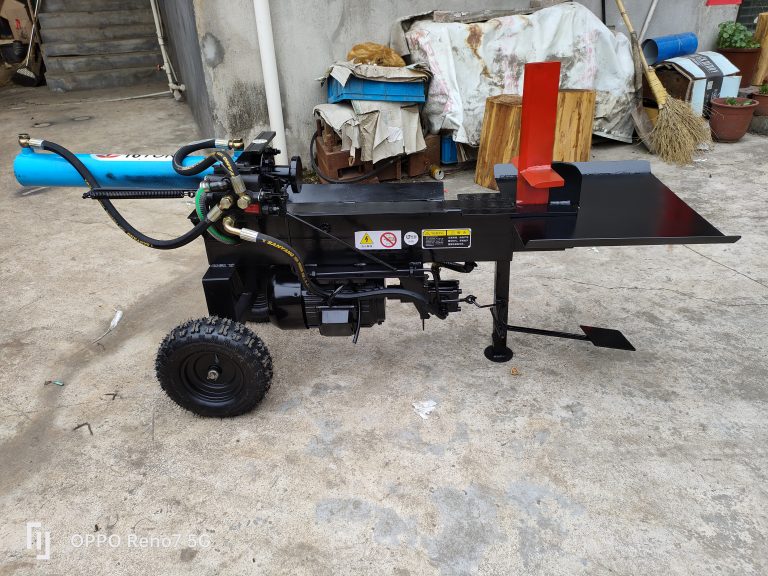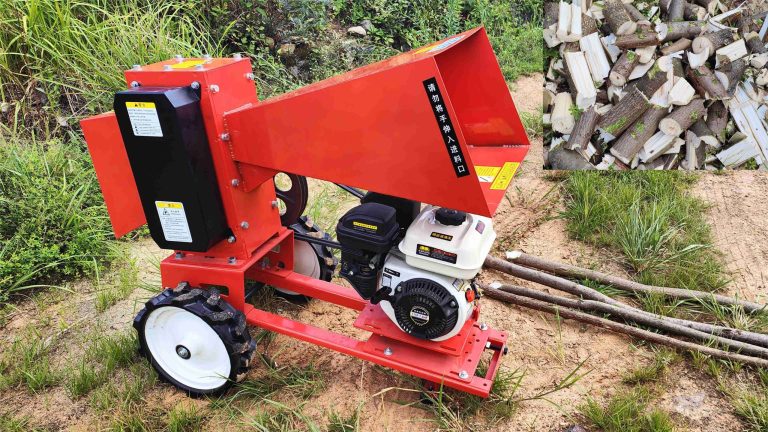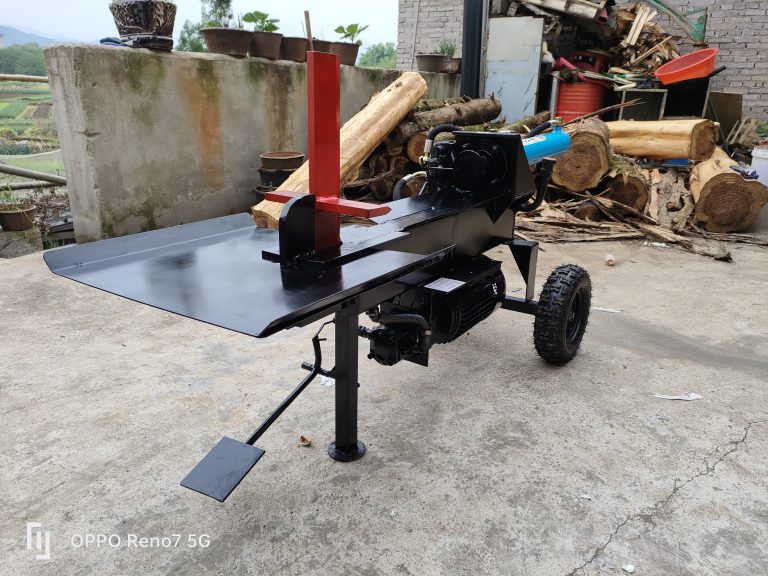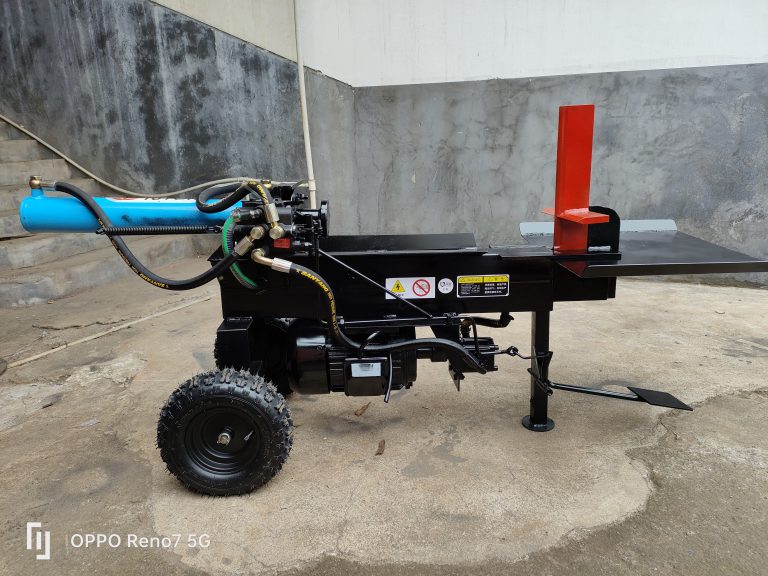Table of Contents
Wet vs. Dry Wood: Which is Better for Splitting?
When it comes to splitting wood, one of the key factors to consider is whether the wood is wet or dry. Both wet and dry wood have their own advantages and disadvantages when it comes to splitting, and understanding the differences between the two can help you determine the best approach for your specific needs.
Wet wood, also known as green wood, is wood that has a high moisture content. This type of wood is typically easier to split than dry wood because the moisture helps to lubricate the fibers, making them more pliable. However, wet wood can also be more difficult to ignite and burn efficiently, as the moisture content can make it harder to catch fire and produce heat.
On the other hand, dry wood is wood that has been seasoned and has a lower moisture content. Dry wood is typically harder to split than wet wood because the fibers are more rigid and less pliable. However, dry wood is easier to ignite and burns more efficiently, making it a better option for use as firewood.
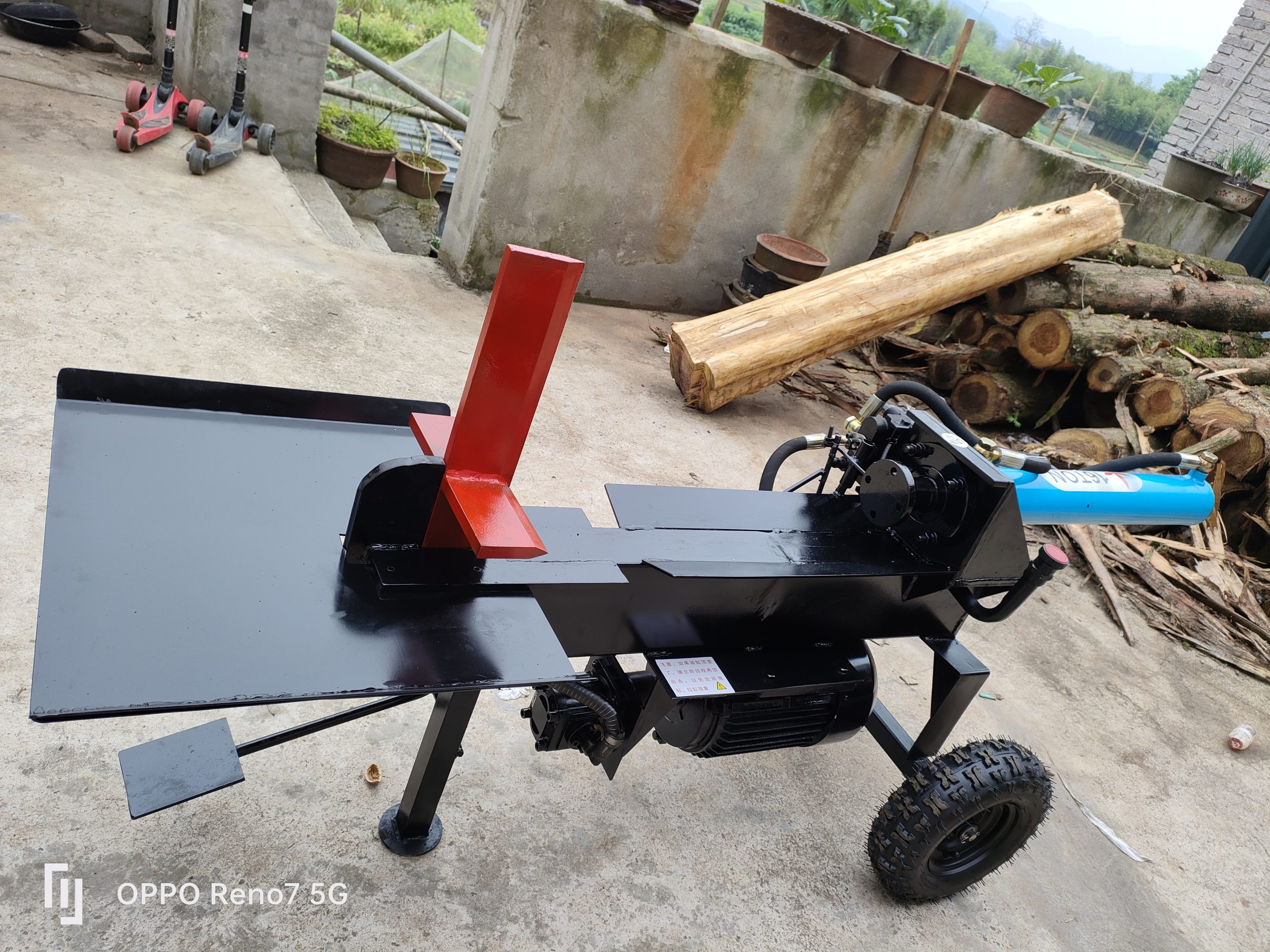
When deciding whether to split wood wet or dry, it is important to consider your specific needs and preferences. If you are looking for wood that is easy to split and don’t mind the extra effort required to ignite wet wood, then splitting wet wood may be the best option for you. However, if you are looking for wood that is easier to ignite and burns more efficiently, then splitting dry wood may be the better choice.
Another factor to consider when deciding whether to split wood wet or dry is the type of wood you are working with. Some types of wood, such as oak and hickory, are naturally harder to split than others, regardless of whether they are wet or dry. In these cases, it may be more beneficial to split the wood while it is still wet, as the moisture content can help to make the fibers more pliable and easier to split.
Ultimately, the decision of whether to split wood wet or dry will depend on your specific needs and preferences. If you are looking for wood that is easy to split and don’t mind the extra effort required to ignite wet wood, then splitting wet wood may be the best option for you. However, if you are looking for wood that is easier to ignite and burns more efficiently, then splitting dry wood may be the better choice.
| Applicable Industries | Farms, Home Use, Retail, Construction works , Forestry and Garden |
| Type | Wood splitter |
| Power Type | Gasoline/Petrol/Diesel/E-power |
| Splitting Force | 2tons/5tons/10tons/16tons/22tons |
| Maximumn trunk length: | 60cm |
| Maximmn trunk Dia: | 35-55cm |
| Max. Output: | 7.5HP/15HP |
In conclusion, both wet and dry wood have their own advantages and disadvantages when it comes to splitting. Understanding the differences between the two can help you determine the best approach for your specific needs. Whether you choose to split wood wet or dry will ultimately depend on your preferences and the type of wood you are working with.
The Best Time to Split Wood: Wet or Dry?
When it comes to splitting wood, one of the most common debates is whether it is better to split wood when it is wet or dry. Both wet and dry wood have their own advantages and disadvantages, and the decision of when to split wood ultimately depends on a variety of factors.
One of the main arguments for splitting wood when it is wet is that it is generally easier to split. Wet wood tends to be softer and more pliable, making it easier to split with an axe or a log splitter. This can be especially helpful for those who may not have as much upper body strength or experience with splitting wood. Additionally, wet wood is less likely to splinter or crack when being split, which can help to preserve the integrity of the wood for future use.
On the other hand, splitting wood when it is wet can also have its drawbacks. Wet wood tends to be heavier than dry wood, which can make it more difficult to handle and transport. Additionally, wet wood can be more prone to rot and decay, which can affect its overall quality and burnability. This can be a concern for those who are looking to use the wood for heating purposes, as wet wood may not burn as efficiently or cleanly as dry wood.
In contrast, splitting wood when it is dry also has its own set of advantages and disadvantages. Dry wood is generally lighter and easier to handle than wet wood, making it more convenient for transportation and storage. Additionally, dry wood tends to burn more efficiently and cleanly than wet wood, which can be important for those who are using the wood for heating purposes. Dry wood also tends to produce less smoke and creosote buildup, which can help to reduce the risk of chimney fires.
| Applicable Industries | Farms |
| Type | Wood splitter |
| Power Type | Gasoline |
| Splitting Force | 2tons |
| Maximumn trunk length: | 60cm |
| Maximmn trunk Dia: | 35-55cm |
| Max. Output: | 7.5HP/15HP |
However, splitting wood when it is dry can also present its own challenges. Dry wood is typically harder and more brittle than wet wood, which can make it more difficult to split. This can be especially true for hardwoods, which tend to be denser and tougher to split than softwoods. Additionally, dry wood is more likely to splinter or crack when being split, which can make it more difficult to achieve clean and uniform splits.
In conclusion, there is no definitive answer to the question of when to split wood wet or dry. Both wet and dry wood have their own advantages and disadvantages, and the best time to split wood ultimately depends on a variety of factors. Whether you choose to split wood when it is wet or dry, it is important to take proper safety precautions and use the appropriate tools and techniques to ensure a successful and efficient splitting process.

